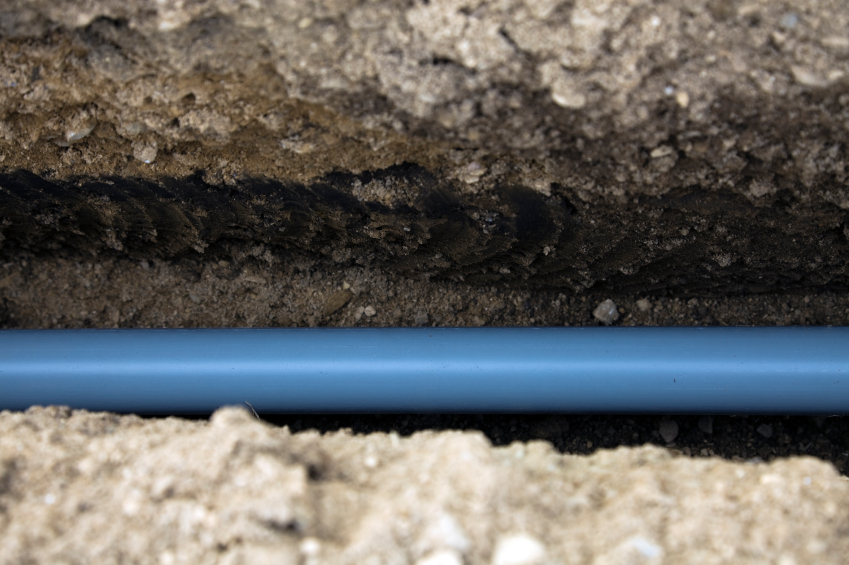In yesterday’s Advisor, we provided safety training information for preplanning excavations and other precautions. Today, we offer 12 trenching tips that could save lives.
 |
According to the Occupational Safety and Health Administration (OSHA), two workers are killed every month in trench collapses. With warmer weather on the way and more construction activity anticipated, it’s a good time for construction employers to review trenching basics with workers. Keep reading for potentially life-saving reminders.
Trenching cave-ins are often deadly. In a recent case, OSHA cited a Missouri plumbing and heating company for five serious violations after a foreman died from being trapped inside a trench on a residential construction site.
OSHA requires that each worker in a trench be protected from a cave-in by adequate protective systems, including:
- Sloping—cutting back the trench wall at an angle inclined away from the excavation;
- Cutting—creating stepped benched grades (for Type A or B soil only);
- Shoring—installing aluminum, hydraulic, or other types of supports to prevent soil movement and cave-ins; or
- Shielding—using trench boxes or other types of supports to prevent soil cave-ins.
What is the most effective and cost-efficient way to provide safety training for your workforce? Try a demo of BLR’s remarkable TrainingToday® at no cost or obligation.
12 Trenching Tips to Prevent a Tragic Outcome
OSHA calls an unprotected trench “an early grave.” Train your employees and foremen on these safety basics:
1. Do not enter an unprotected trench.
2. Keep surcharge loads at least 2 feet from trench edges.
3. Know where underground utilities are located.
4. Test for low oxygen, hazardous fumes, and toxic gases.
5. Inspect trenches at the start of each shift.
6. Inspect trenches following a rainstorm.
7. Do not work under raised loads.
8. Provide a protective system for trenches 5 feet deep or greater unless the excavation is made entirely in stable rock.
9. Trenches 20 feet deep or greater require a protective system designed by a registered professional engineer or based on data supplied by a registered professional engineer.
10. Place excavated or other materials and equipment at least 2 feet back from the edge of a trench.
11. Provide a safe way to exit within 25 feet of workers in a trench.
12. A competent person must inspect trenches daily and when conditions change.
Try a demo of BLR’s remarkable award-winning TrainingToday® at no cost or obligation. This includes the Workplace Safety Library. Get the details.
Remember, too, that collapses aren’t the only hazards of trenches. Other dangers include falls, falling loads, hazardous atmospheres, and incidents involving mobile equipment.
